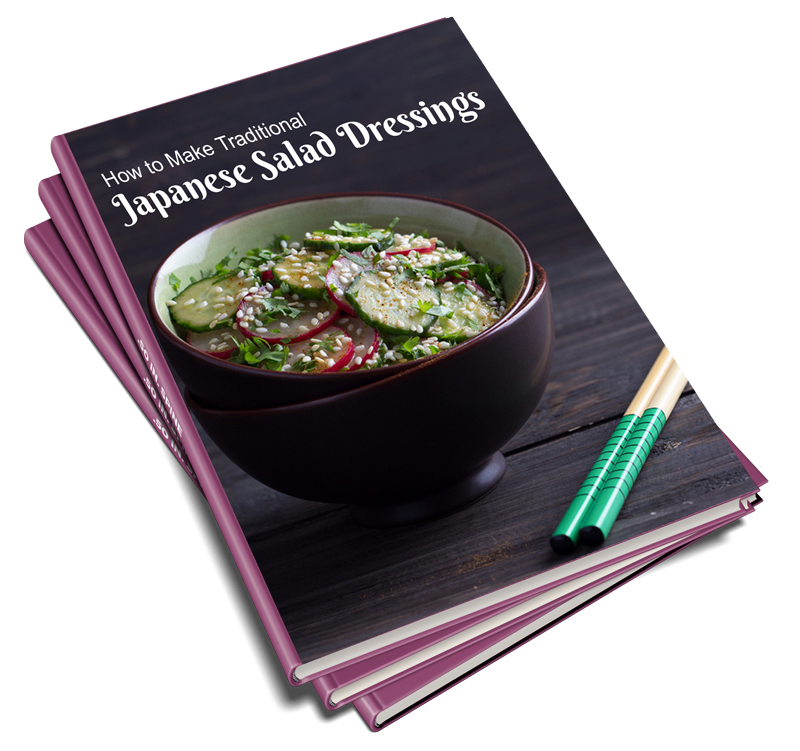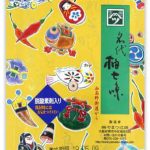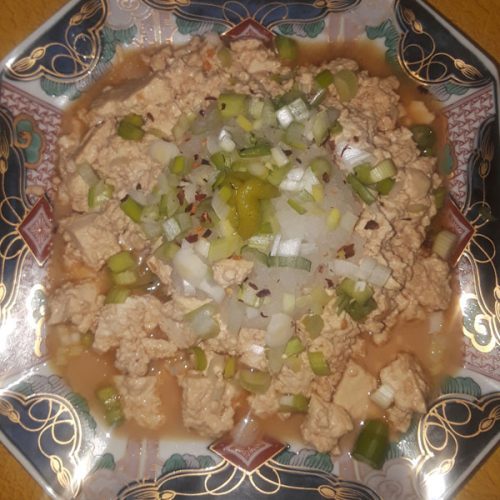 Walk into a Japanese bar and, inevitably, you’ll be served a tasty little morsel to tide you over until your drink is served. Known by a variety of names—o-tsumami, o-toshi, sake no sakana—these appetizing hors d’oeuvres are derived from the first course of kaiseki (Japan’s haute cuisine), known as hassun. They take the form of small, taster-sized servings in attractive ceramic bowls or plates, and are a delight to behold and consume.
Walk into a Japanese bar and, inevitably, you’ll be served a tasty little morsel to tide you over until your drink is served. Known by a variety of names—o-tsumami, o-toshi, sake no sakana—these appetizing hors d’oeuvres are derived from the first course of kaiseki (Japan’s haute cuisine), known as hassun. They take the form of small, taster-sized servings in attractive ceramic bowls or plates, and are a delight to behold and consume.
Dedicated drinkers, the cognoscenti of o-tsumami, are sometimes known as hidari kiki (left-handed) or sato (“party of the left”). These terms owe their origin to a Chinese classic on manners, Li Chi. According to this volume, said to be the origin of Japanese ideas on table settings, soy sauce and food should be served on the right side of a diner, and all liquor on the left. Thus the left hand is used to hold a glass, and to prefer the left came to mean to enjoy drinking.
Half the fun of food, for both guest and cook, is the pleasurable anticipation—what ingredients will be used, and how will they be prepared? When creating o-tsumami you can really let your creativity run wild. Just about any food can be used, as long as it is pleasing to look at and delicious. It should encourage the appetite and the thirst, so the flavors and seasonings are usually bold.
Here are some guidelines for popular and easily made o-tsumami combinations. These dishes can be prepared in advance and served cold or at room temperature, or thrown together quickly as your guests arrive, using whatever you have on hand. Increasingly o-tsumami are often a curious blend of multicultural cooking; a combination of East-West flavors is neither unusual nor looked down upon. Try some of these variations at your next party.
Fried Wonton Salad: 
- Cut uncooked wonton skins into triangles and fry them until golden-brown.
- Drain on paper towels.
- Thinly slice two Japanese (or European or hothouse) cucumbers and sprinkle them lightly with salt. Let sit until you are ready to use. Rinse lightly prior to adding to dish.
- Peel and shred some fresh ginger and mix with the cucumber.
- Make a dressing from 1 cup rice vinegar, 3 tablespoons white sugar, 1 tablespoon light-colored soy sauce, and ½ teaspoon salt.
- Combine the wonton skins, vegetables and dressing as needed to make a salad.
Steamed Clams in Sake:
- Saute small fresh clams in the in sesame oil for a minute or two.
- Pour good quality sake (or dry white wine) over them, cover, and steam over high heat, shaking the pan occasionally, until the shells have opened up and the clams are cooked. You may also add a splash of soy sauce, and salt and pepper to taste if desired.
- Discard any unopened shells.
- Serve hot or at room temperature, topped with minced green onions and or shredded fresh ginger.
Kaiware Radish Sprouts or Watercress Rolled in Ham: 
- Blend 1 tablespoon butter with ¼ teaspoon prepared wasabi horseradish until creamy.
- Take four slices of boneless ham (cooked or raw, such as Italian prosciutto) and spread evenly with the butter mixture.
- Place some kaiware sprouts or watercress in the center and roll up the ham slices.
Grilled Japanese Mushrooms:
- Lightly salt (for best results, use sea or kosher salt) shiitake, shimeji, or other fresh mushrooms, and grill until done. Alternatively, brush lightly with soy sauce instead of salt. You can also try grated fresh ginger over soy sauce-flavored mushrooms for another layer of flavor.
- Serve with lemon wedges.
Green Asparagus Kimpira:
- Trim 12 stalks of asparagus, slice diagonally, and stir-fry in neutral-flavored vegetable oil.
- Make a sauce with 2 tablespoons each of soy sauce and sake, pour it over the asparagus, and cook until the asparagus is crunchy. Seeded, dried red chili pepper may be added if desired, but remove it after cooking.
- As a garnish, sprinkle the cooked asparagus with toasted white sesame seeds.
Japanese-style Roast Beef: 
- Quickly sear boneless beef (such as rump roast or a top or bottom round roast), cut it into thin slices, and serve with a pungent dipping sauce of soy sauce, minced garlic, and scallions.
- Garnish with shredded fresh shiso (perilla) leaves and kaiware radish sprouts.
My recipes may include affiliate links, so without costing you anything extra, I’ll earn a small percentage of the sales if you purchase these items through these links. Thank you for supporting Thanks for the Meal!
Leave a note in the comments section and let me know if you made any of these recipes and how it turned out!
Get FREE Japanese Recipes by Email! Sign Up Now!








 Tony is a
Tony is a 
 We know spring is here when fresh bamboo shoots start popping up from the ground. In keeping with the traditional Japanese concept of enjoying food during its peak season, why not try this tasty and easy version of bamboo rice to celebrate spring, the season of renewal. I know I am ready for spring….aren’t you?!
We know spring is here when fresh bamboo shoots start popping up from the ground. In keeping with the traditional Japanese concept of enjoying food during its peak season, why not try this tasty and easy version of bamboo rice to celebrate spring, the season of renewal. I know I am ready for spring….aren’t you?!




















 Let’s face it, tofu can be bland, but also quite versatile in any number of Japanese dishes. That’s why I am always looking for innovative ways to make it more tasty and interesting. Used as a foundation for a recipe, it can take on very assertive flavors. Kaminari Dofu (aka Thunder Tofu) is no exception. This is one of my all-time favorite tofu recipes.
Let’s face it, tofu can be bland, but also quite versatile in any number of Japanese dishes. That’s why I am always looking for innovative ways to make it more tasty and interesting. Used as a foundation for a recipe, it can take on very assertive flavors. Kaminari Dofu (aka Thunder Tofu) is no exception. This is one of my all-time favorite tofu recipes. What is tofu (bean curd) made of?
What is tofu (bean curd) made of?



